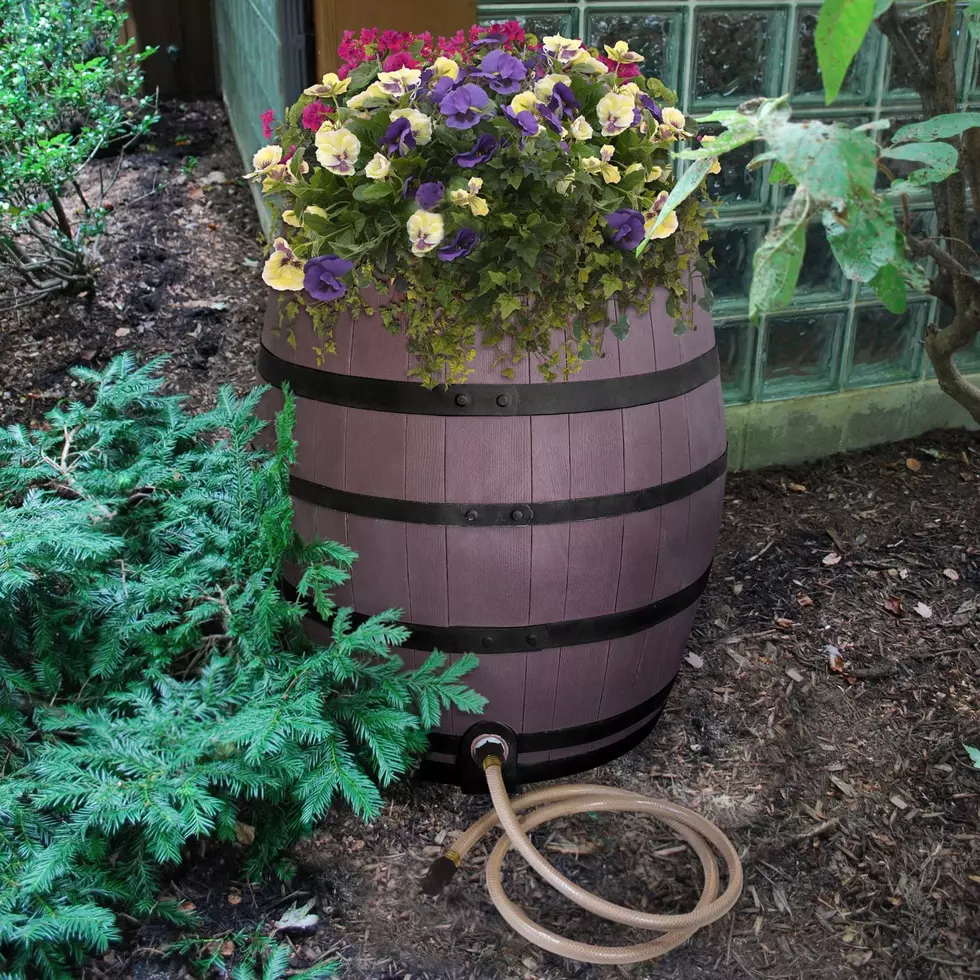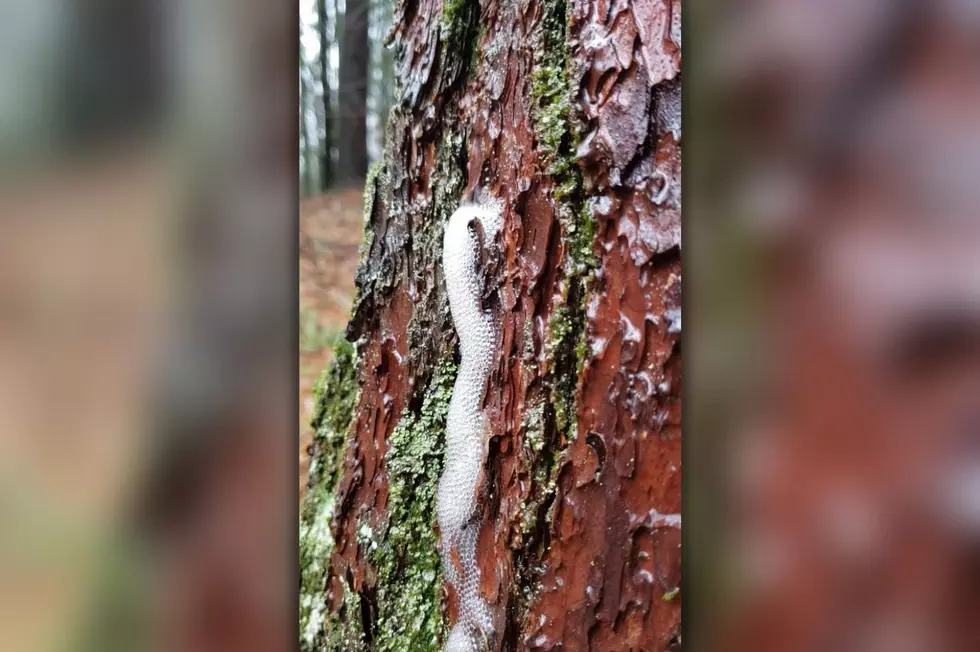
Is It Illegal To Collect Rainwater in New York?
My family lives in a rural area on the New York/Pennsylvania border and our power has a habit of going out whenever the wind blows just so. The last time our power went out, it was down for almost a week and I've never been more thankful for snow to melt to use for toilet water and to boil for use in washing.

What happens when the power goes out in warmer months when there's no snow to melt and use? In my home, we keep several sealed five-gallon bottles of water in our basement and haul them upstairs when the power goes out and we need water. After we've used what's in the bottles, we refill them, add a bit of bleach, and seal them back up.
The other day though, I fell into a rabbit hole of research when I stumbled on a pretty nice looking rain barrel from the Emsco Group Store on Amazon and wondered how hard it would be to connect it to our gutters to collect rainwater to use not only for when the power goes out but also for plant watering and such.
The more I researched, the more I started to wonder if there were any laws against collecting water in New York because New York is a big fan of instituting all sorts of regulations and as it turns out, there's nothing stopping you Good news if you've been considering installing a rain barrel at your home in either New York or Pennsylvania- not only is it perfectly okay to do so but it's encouraged in both states.
In 2015, New York State put together a comprehensive guide on how to most effectively collect rainwater and explained the benefits of doing so. If you'd like, you can check out the guide here.
KEEP READING: Get answers to 51 of the most frequently asked weather questions...
LOOK: The most expensive weather and climate disasters in recent decades
More From WNBF News Radio 1290 AM & 92.1 FM









